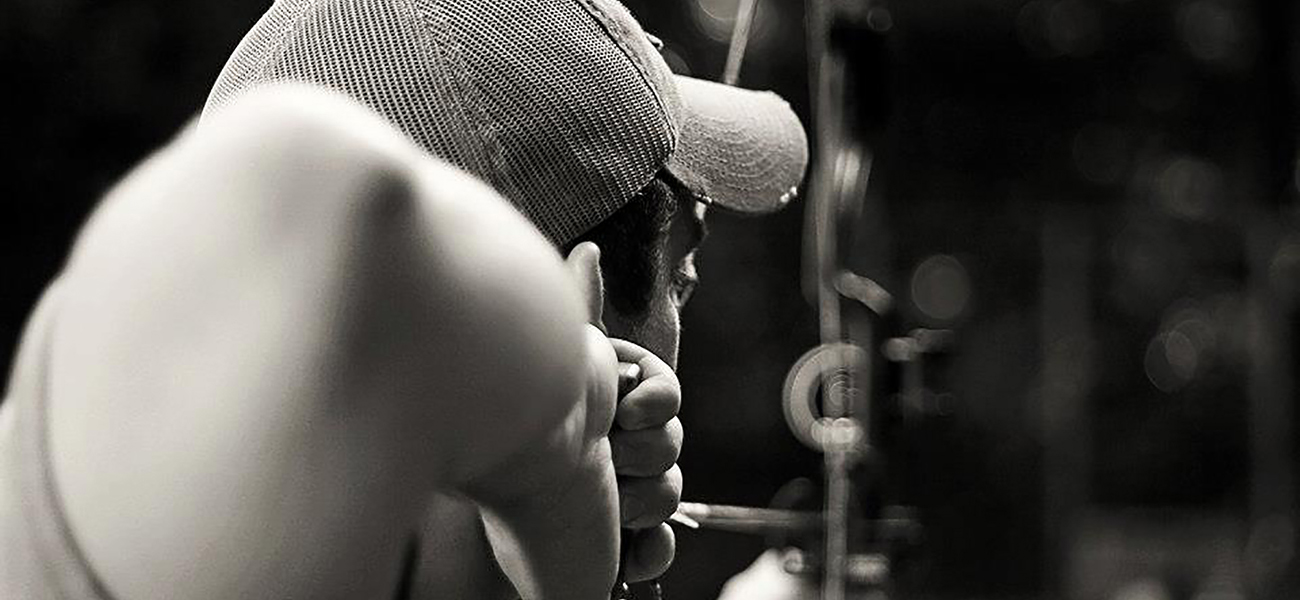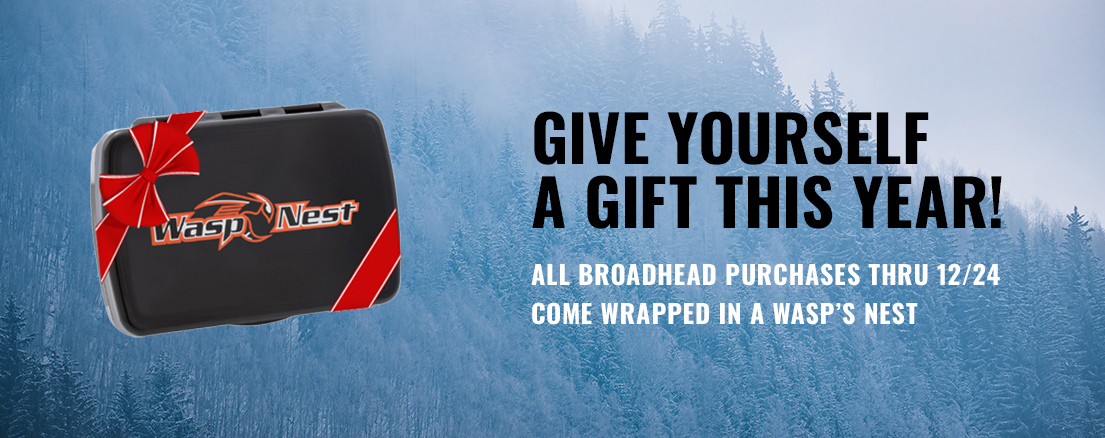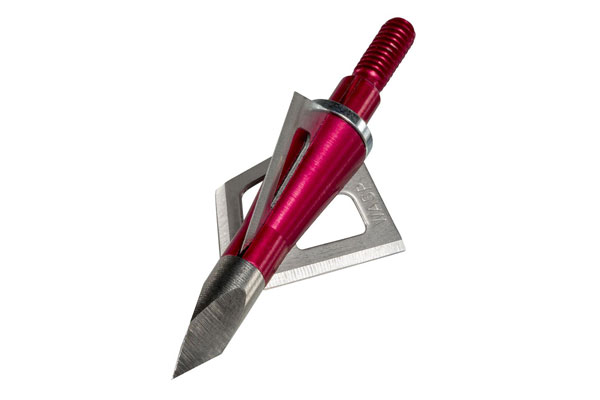Week 6: Proper Archery Form
Before we start sighting in our bows next week, we want to make sure we are using proper archery form. Proper form is the foundation of consistent accuracy. Without it, variables creep into your shot routine. So, have a friend check your form, or do what I did, and video yourself.
1. Archery Stance
The first thing I checked was my archery stance. I usually just stand in front of the target in a way that feels most comfortable. Most of my concentration is on the form of my upper body and not the lower body. But I ran across an article by Chuck Adams, and he brings up some good points:
The correct way to stand is not the way most self-taught archers do it.
You should face the target about 45-degrees, with feet parallel and spread 18 to 24 inches apart. Toes should be pointing well toward the target, not at 90 degrees like many beginners stand.
The so-called “open stance” described here does two things. First, it lets you face elk more directly as you shoot. This requires less game-spooking movement to get set for the shot. Second, angling toward the target at 45 degrees moves the bowstring away from your bow arm and chest. If the string even slightly brushes your clothing during the shot, the arrow will veer to one side. This is especially apt to happen in actual hunting situations when you are wearing baggy clothing for warmth.
Most bowhunters shoot compound bows with draw lengths one or two inches too long. With a proper open stance, you will probably need to adjust your compound bow for a shorter, more comfortable draw.
So, the first correction I need to make is to open up my stance.
2. Grip, Draw and Anchor
If you don’t follow Kenny Parson or bowtuningtips.com on YouTube, you need to. We often link to his videos, which explain some of the complicated dynamics of bow tuning in a way that is easy to understand. Here’s what he has to say about proper bow grip, draw and anchor:
Now, let’s take a look at the tape of your shooting session.
Check the grip first. You want it to be relaxed. My hand is open. My fingers are pointing downrange. That’s another thing I may need to fix, but it’s most comfortable to me. Here’s a good way to establish proper bow grip:
Next thing that jumps out is I can pull the bow back, but it takes a little too much effort. I really have to rear back, and I never correct. I have a nasty lean when I come to full draw and it remains throughout the shot.
The cure? Lower the poundage a little and learn consciously work on standing straight until it becomes ingrained behavior.
One thing I am doing right is keeping my draw-arm elbow in line with the arrow. It should not be torquing the string up, down left or right. If it is, you are probably shooting the wrong draw length. You also want a slight down and out bend in your elbow that is holding the bow. This will reduce string slap and act as a shock absorber.
3. Release
For me, it comes down to not “punching the trigger.” When you slap or punch the trigger, You are anticipating the shot instead of using a smooth fluid motion to squeeze the trigger. The latter allows you to follow through naturally. When releasing an arrow, I always strive to pull through the shot. I don’t want to become static on the release or collapse on the shot. I want to always pull through it.
4. Follow Through
After watching the video of my shooting session, I can probably take this advice from Chuck Adams a little more to heart:
The final step to bow-shooting accuracy is follow-through. This is the most overlooked yet most important step of all.
After you release, keep aiming until the arrow actually hits the target. Hold your bow up and try to keep the sight picture the same. Your string hand will slide backward along your face and the bow will recoil to one side. But if you try to continue the aim, your accuracy will be superior.
If you follow through every shot on targets, you’ll do it unconsciously on elk. This is the goal of careful step-by-step practice. When a nice bull appears in front of your bow, it’s too late to think about shooting form. You want your shot to be automatic from start to finish—a swift, unconscious and deadly move!
So, I was surprised to find some poor form issues in my shot. The rest of this week, I will go back to do the three yard march, shoot about 20 arrows each night and learn all these little steps on a conscious level until it becomes subconscious and you I have to think about the execution. The only thing I want to consciously think about is aiming.
View All Posts

